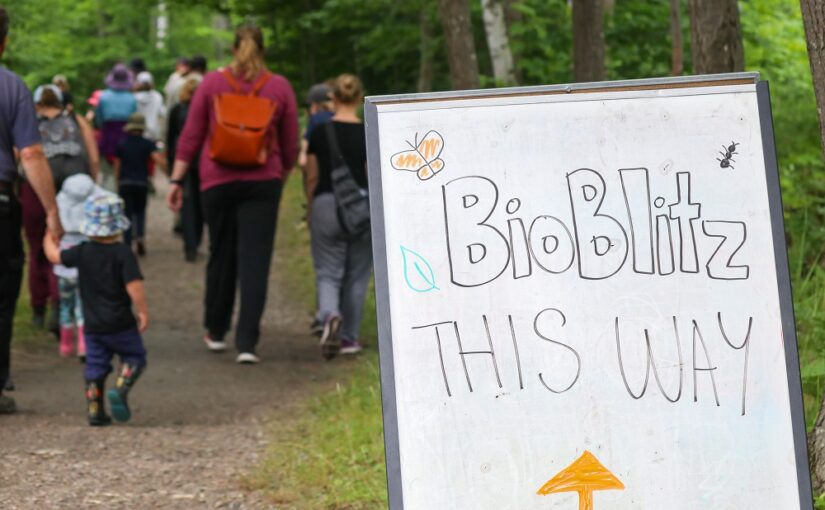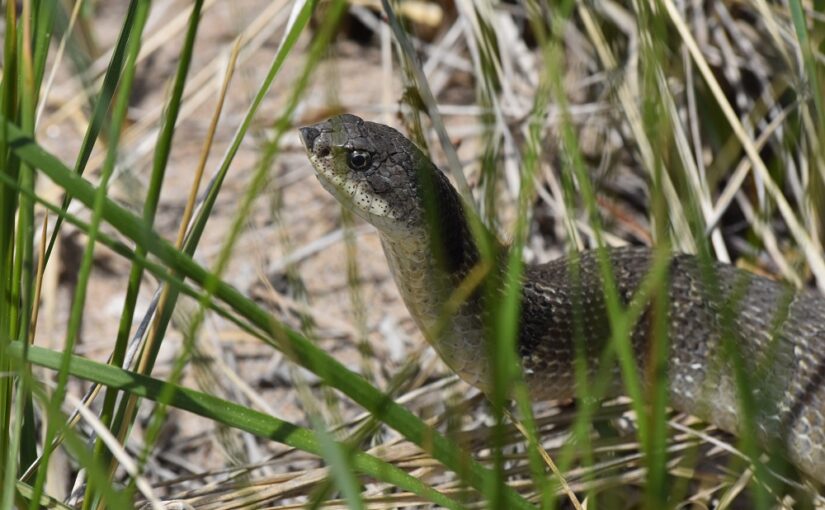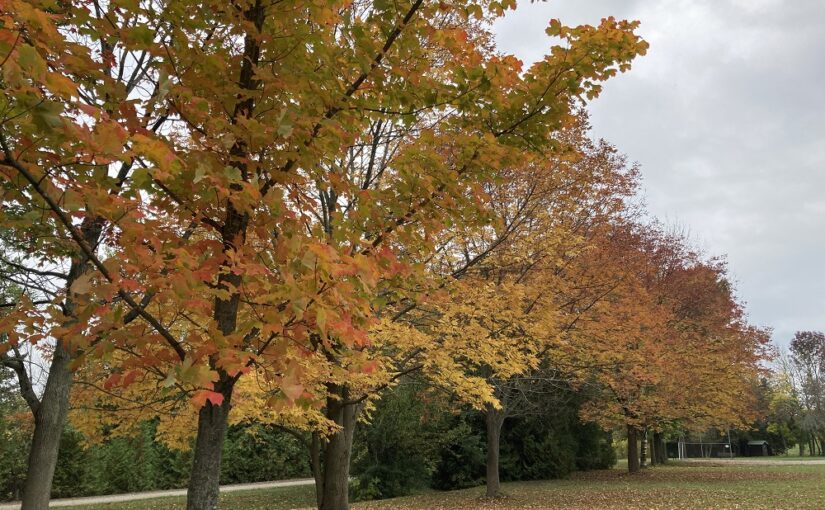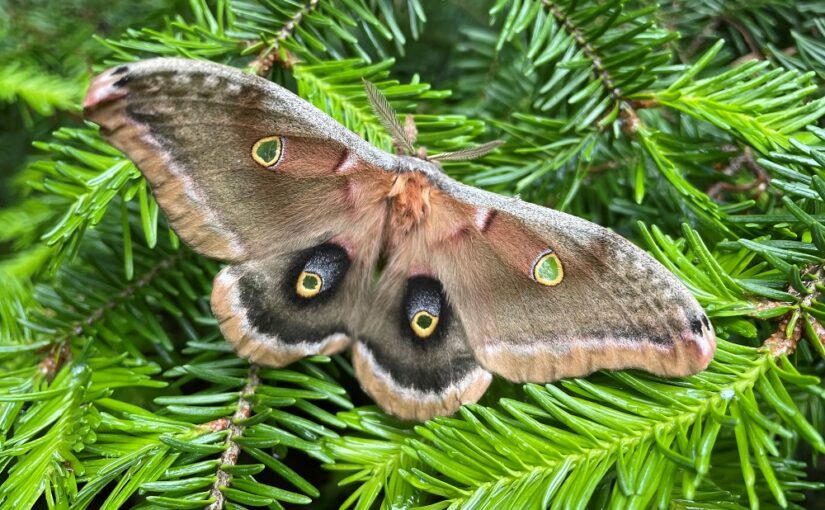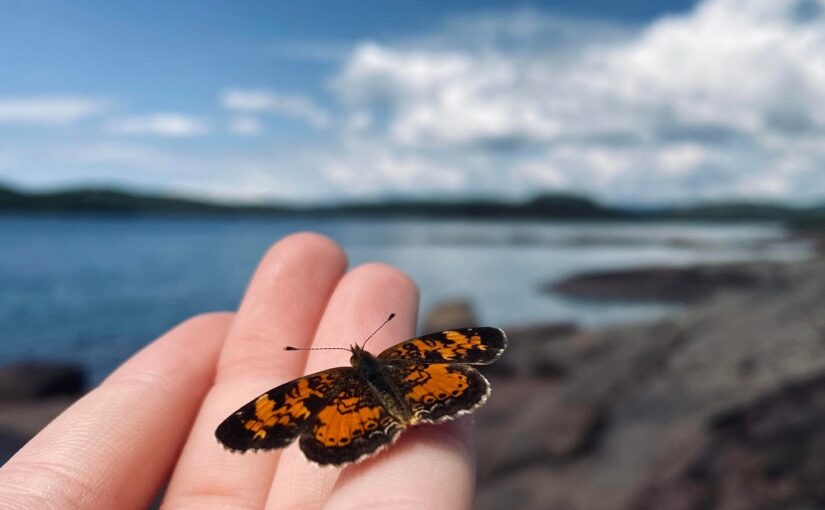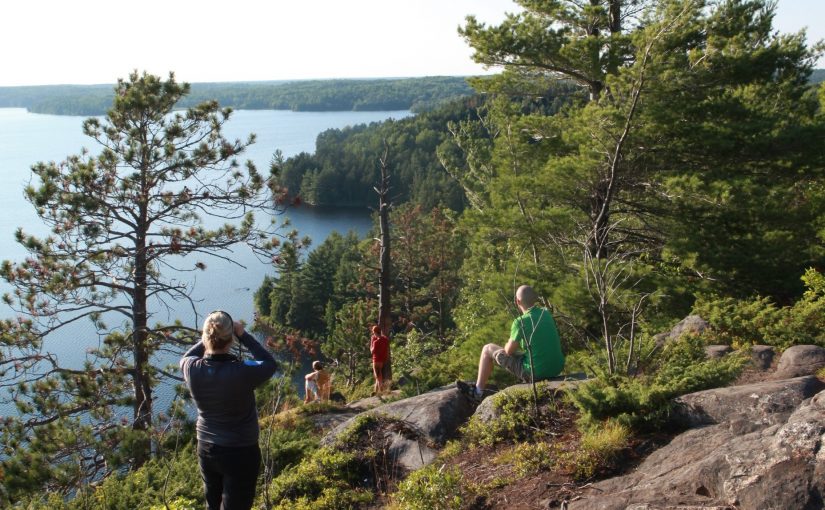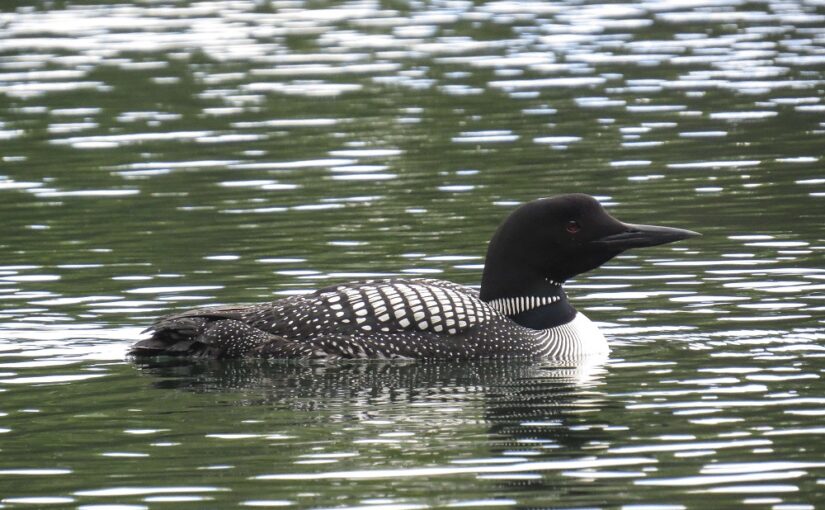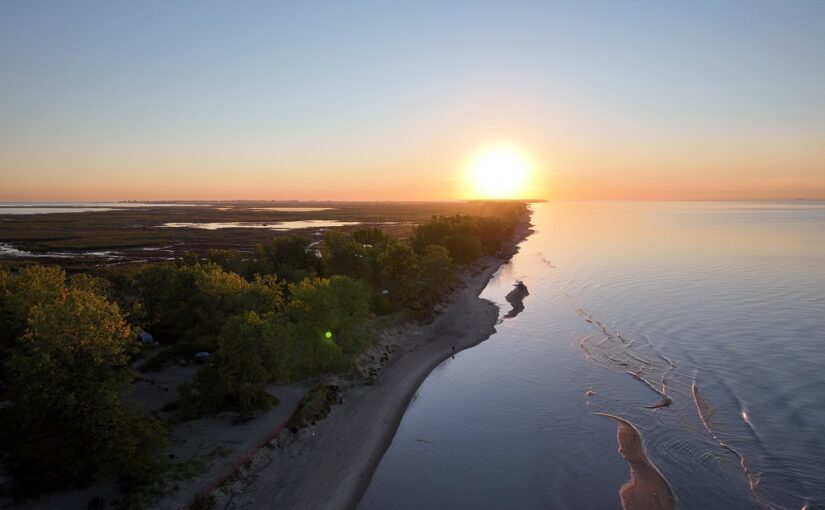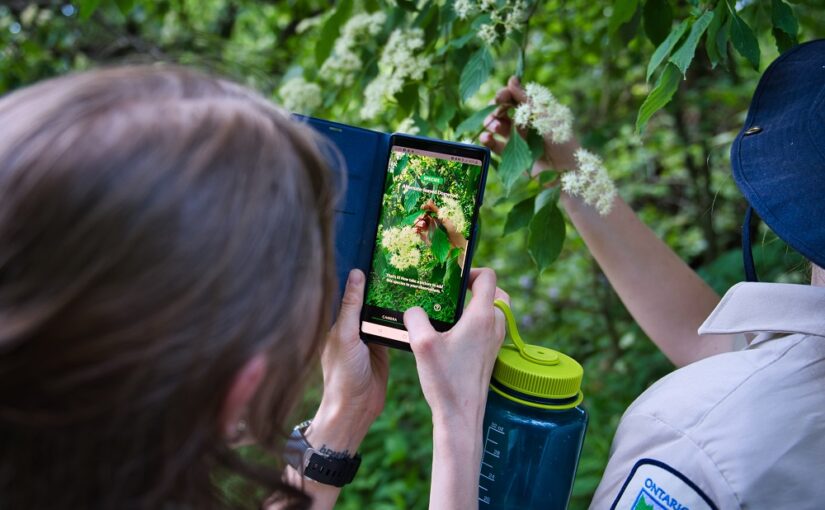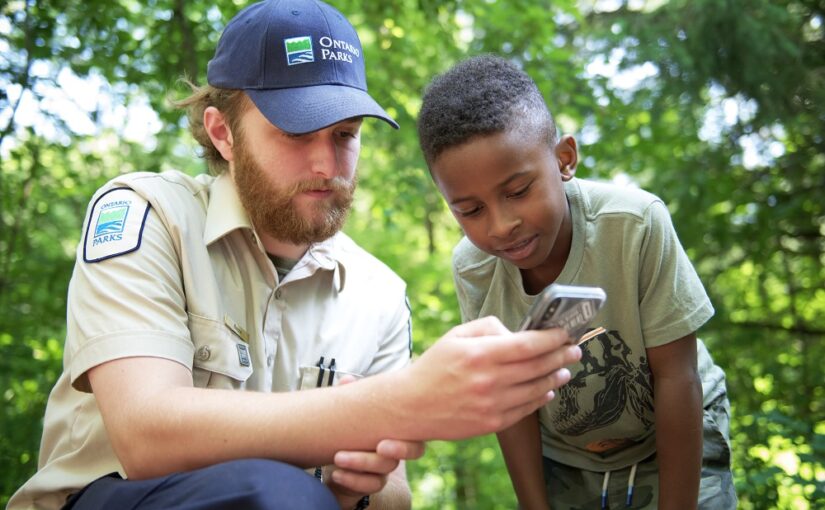Today’s blog was written by Discovery Program Project Coordinator Jessica Stillman.
This summer, Grundy Lake Provincial Park, Killbear Provincial Park, and The Massasauga Provincial Park collaborated with the Georgian Bay Mnidoo Gamii Biosphere (GBB) to host bioblitzes within the world’s largest freshwater archipelago.
What is a bioblitz? In short, it is a community science event for recording different species within a certain location and time.
For these events, park visitors, Friends members, and staff from both Ontario Parks and GBB came together to inventory living things by uploading them to iNaturalist.
Continue reading Community science with the Georgian Bay Mnidoo Gamii Biosphere
